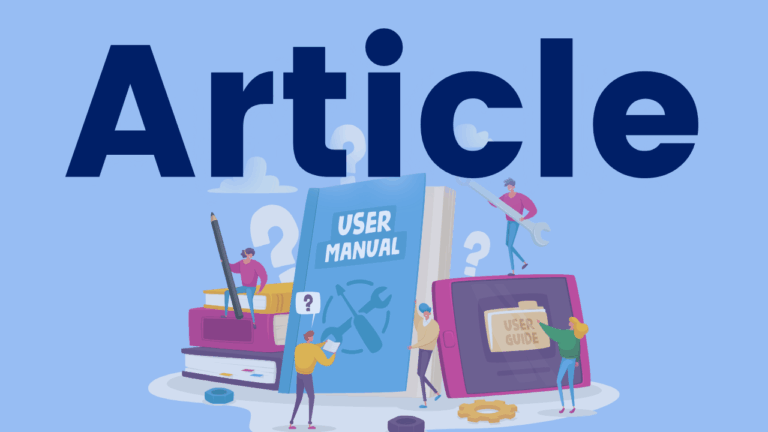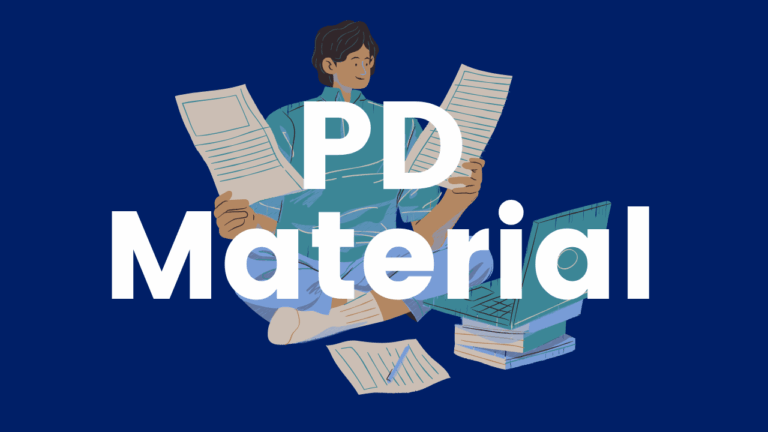The Vocabulary-Rich Classroom
By modeling the use of sophisticated words, educators can promote students’ vocabulary growth and word consciousness. In this article, the research support for this approach is explained, suggestions are provided for how teachers might accomplish this goal, and examples are shared from teachers who have done it successfully. Don’t miss the helpful list of sophisticated…





